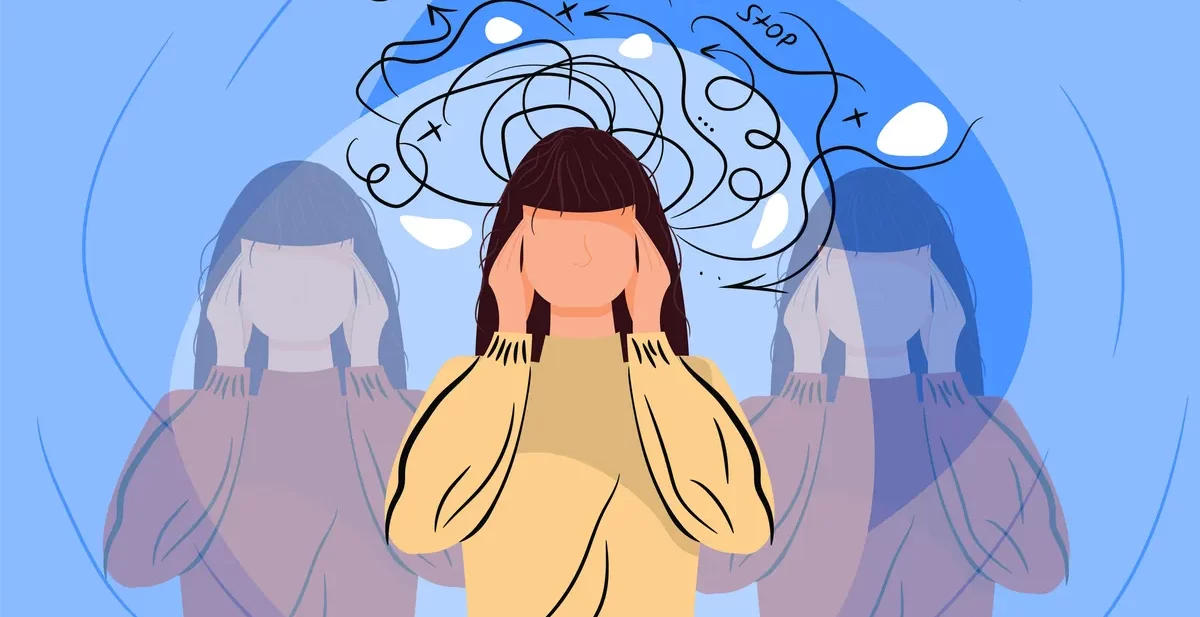- June 8, 2023
- by Harshita Bajaj
- Bipolar Disorder
Borderline personality disorder (BPD) is one of the most prevalent, most widely researched, and yet one of the most controversial of personality disorders.
The Changing Concept of BPD
The concept of “borderline” has not always been the same. The term has undergone a substantial evolution since its early Identification. Earlier theorists called this construct as “pseudo neurotic schizophrenia,” or “as-if personality.” It was much later that it came to be known as a “borderline state.”
The term borderline personality has a long and rather confusing history.
At one point it was known as the “border” between neurotic or psychotic or in easier words the border between ‘reality’ and ‘being moved away from reality’. It was later identified as a part of schizophrenia as well. But, today it is no longer considered to be biologically related to schizophrenia.
So, what is Borderline Personality Disorder?
According to Morey (1991), there are four elements that can be used to describe the syndrome-
- Difficulties in establishing a secure relationship : People with borderline personality disorder lead a difficult life. Their sense of self is unstable and usually relies on their relationships. They derive their sense of identity, or selfhood from their relationships. Their relationships tend to be intense but stormy. They can go from over idealizations of friends or lovers to disappointment, and anger very quickly. They also have a strong sense of abandonment.
- Distrust : They do not trust people easily as they fear they will be abandoned by them or victimized by them.
- Impulsive and self-destructive behavior : People with BPD have a great risk of dying by their own hand (suicide and self injury rates are the highest in BPD). The self harming behavior such as cutting helps them in reducing tension.
- Difficulty in controlling anger and other emotions : Those with BPD face major difficulties in managing their emotions and are often emotionally unstable. This dysfunction in the area of emotion is a core feature of BPD. They primarily face grief and anger as their overriding emotion.
Those with BPD also have a high risk of self-destructive behaviors such as gambling, drug abuse or reckless driving; this is often a combined result of their impulsive behavior and emotional instability.
Diagnostic criteria for BPD (According to DSM V)
- Frantic efforts to avoid real or imagined abandonment. (Note: Do not include suicidal or self-mutilating behavior covered in Criterion 5.)
- A pattern of unstable and intense interpersonal relationships characterized by alternating between extremes of idealization and devaluation.
- Identity disturbance: markedly and persistently unstable self-image or sense of self.
- Impulsivity in at least two areas that are potentially self-damaging (e.g., spending, sex, substance abuse, reckless driving, binge eating). (Note: Do not include suicidal or selfmutilating behavior covered in Criterion 5.)
- Recurrent suicidal behavior, gestures, or threats, or self-mutilating behavior.
- Affective instability due to a marked reactivity of mood (e.g., intense episodic dysphoria, irritability, or anxiety usually lasting a few hours and only rarely more than a few days).
- Chronic feelings of emptiness.
- Inappropriate, intense anger or difficulty controlling anger (e.g., frequent displays of temper, constant anger, recurrent physical fights).
- Transient, stress-related paranoid ideation or severe dissociative symptoms
Cause of BPD
There is no conclusive or established casual factor for BPD, but it is believed that childhood adversity and maltreatment can be a major cause for the disorder. Multiple research has shown that abuse, neglect, separation and loss can lead to episode of BPD in the future.
Another major theory shows that the presence of multiple stressors in addition to trauma, loss, parental failure, impulsivity and emotional instability act together to a person developing BPD.
Treatment of BPD
A major way to treat Borderline Personality Disorder is psychotherapy. At NABHS, we believe that psychotherapy is the first step of treatment we offer. Psychotherapy is a treatment form that focuses on discussing the problems, talking through them and identifying and changing troubling emotions. Often known as ‘talk therapy’, BPD patients have often found it helpful to visit a professional who can guide them through this process.
Dialectical behavioral therapy (DBT) is another treatment measure that teaches the BPD patient to control their emotions, reduce self- destructive behavior, manage distress and manage relationships.
Medications are another means to manage the symptoms of BPD. However, medications are usually preferred in more serious cases where just talk therapy does not help. The combination of both is ideal to work long term when dealing with patients with bipolar disorders.
When should you seek help?
There is no time like the present to seek help. If you feel that you or your loved ones have any symptoms that match the criteria of BPD, it is time to reach out to experts.
North America Behavioral Health Services provides the correct treatment which is tailor made to your needs and offers inpatient and residential programs that cater to the needs of the patient on priority.
















